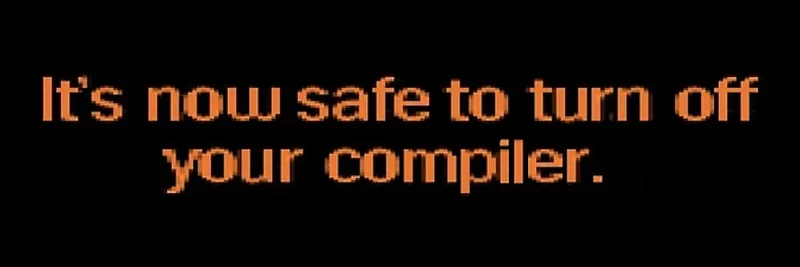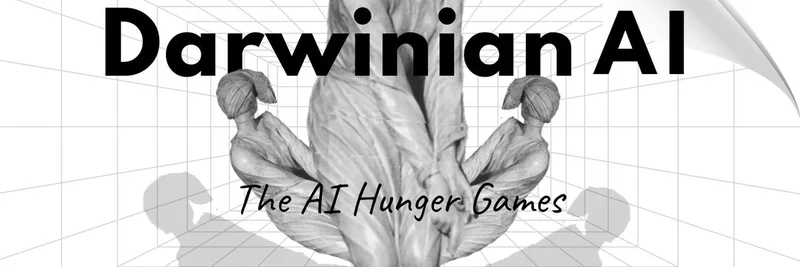If you've been diving into Solana development, you know it's a powerhouse for building fast, scalable apps—especially those viral meme tokens that light up the crypto world. But let's be real: getting started hasn't always been smooth sailing. Until now.
Recently, Alessandro Decina, a key figure in the Solana ecosystem, highlighted a game-changing update from the Blueshift team. In a thread on X, he broke down how developing Solana programs just got a whole lot easier. No more wrestling with custom Rust toolchains or quirky commands that make you feel like you're chewing glass (as the community likes to put it).
これが大きな意味を持つ理由
Solana runs on a unique virtual machine that uses Berkeley Packet Filter (BPF) bytecode, which requires compiling Rust code in a specific way. Historically, this meant Solana maintainers forked Rust and LLVM (the compiler infrastructure) to support their needs, rather than contributing changes back to the open-source community. Developers had to install a special Solana-specific Rust version and use non-standard build commands. This created friction: extra learning curves, version conflicts during upgrades, and just general hassle that could scare off newcomers.
Enter Blueshift. They're a team focused on top-tier developer training from Solana core contributors. In their announcement, they revealed a new approach: a "Pinocchio escrow" built with nightly Rust for upstream BPF, paired with a custom sbpf-linker. The kicker? Zero changes to the Solana protocol itself. This means you can now build Solana programs using the regular Rust tools you're already comfortable with—no custom setups required.
As Alessandro explained in his ELI5 (explain like I'm five) response: "If you're a Rust developer, your workflow stays unchanged." That's huge for attracting more talent to Solana, especially as meme token projects explode in popularity. Easier tools mean faster prototyping, quicker launches, and more innovation in the space.
ミームトークンとその先にとっての重要性
Meme tokens thrive on Solana because of its low fees and high speed, but building them often involves smart contracts (or "programs" in Solana lingo). Simplifying the dev process lowers the barrier for creators to pump out new tokens, DEX integrations, or even fun utilities tied to viral trends. For blockchain practitioners, this upgrade is a step toward a more accessible ecosystem, aligning with broader Web3 goals of decentralization and open-source collaboration.
Blueshift isn't stopping here—they offer free, flexible courses via their Discord to help devs level up. If you're into Solana, whether for memes or serious DeFi, this is the kind of tech news that could supercharge your projects.
Stay tuned to Meme Insider for more updates on how these advancements are shaping the meme token landscape. What's your take—will this bring a wave of new Solana builders? Drop your thoughts in the comments!



